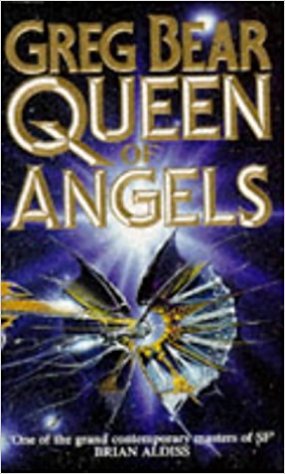Download links for: Strengths Based Leadership: Great Leaders, Teams, and Why People Follow


Reviews (see all)
Write review
Great book and awesome companion to the StengthsQuest test and associated reports.
I have found it to be the most useful personality profile I've ever done.
I had to read this for work. It's as boring as it sounds.
Weak. The included leadership analysis is the best part
Summer reading for work
Other books by Nonfiction
Other books by Tom Rath
Related articles













